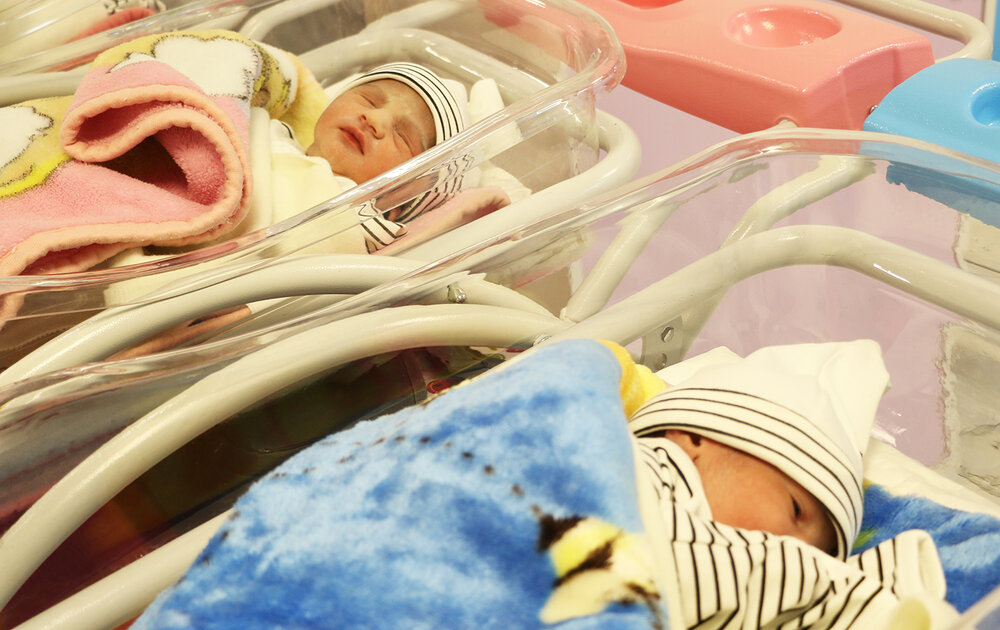Govt. seriously supports childbearing policy: VP

TEHRAN – The government is making serious efforts to support population growth policies and childbearing, First Vice-President Mohammad Mokhber said on Saturday.
Infertility treatment and marriage facilitation are among the issues that should become a public demand in society, he said, adding, the requirements for the implementation of population and child-bearing plans should be included in the annual budgets, and the tasks and missions of each organization should be specified according to the schedule, IRIB reported.
He referred to the lack of a plan to prevent illegal abortions, U.S. cultural influence, and the creation of negative attitudes in families toward childbearing, the lack of determination for childbearing increase by the Ministry of Health, job threats for working women after pregnancy and lack of support from employers as the main factors reducing the fertility rate in the country.
Lack of a clear trustee for population and childbearing in the country, delays of laws and regulations related to population, the lack of adequate insurance coverage for infertility treatment, the lack of support programs to encourage couples to have a second child, and the difficult conditions of marriage were among the other factors.
Demographic indicators at ‘alarming’ levels
A week earlier, Saleh Qasemi, a demographic researcher, warned that Iran's demographic indicators demonstrate alarming records, as the population growth rate is about 0.6 percent, and it is predicted to reach zero in the next 10-15 years, and then record a negative growth rate.
Iran's demographic indicators demonstrate alarming records, with the population growth rate of 0.6 percent. The population is a strategic issue that affects all structures of the country, including economy, society, and politics, he stated, adding, the country’s social and economic indicators are always affected by population.
Today, the country's fertility rate has reached about 1.6 children per woman, however, the fertility rate was 6.5 children per woman, in 1986, he lamented.
He went on to say that the lowest fertility rate in the whole region of West Asia, North Africa, and the region known as MENA is recorded for Iran.
“While 1,594,000 births were registered in the [Iranian calendar] year 1394 (March 2015-March 2016), the downward trend continued annually to the point that the number of births reached about one million in the [Iranian calendar] year 1399 (March 2020-March 2021). In other words, we lost more than 550,000 births in a five-year period.
It is predicted that the declining trend of births will continue due to the economic condition and of course changing attitudes and lifestyle of Iranian families,” he added.
Iran has achieved a demographic window of opportunity which in all other countries led to economic prosperity so that Iran must seize the opportunity now before its working-age population starts to shrink and get older in the 2050s.
Population growth, family support
The Majlis (Iranian Parliament) approved on March 16 to implement a population growth and family support plan for 7 years to change the declining trend of childbearing.
The plan stipulates health insurance for infertile couples, providing services and facilities to working women, providing health and nutrition support packages to mothers and children, educational opportunities for student mothers, providing livelihood support to families, and ongoing medical services to pregnant women.
As the Leader of the Islamic Revolution Ayatollah Ali Khamenei has emphasized that the seventh Five-Year National Development Plan (2021-2026) should focus on population growth, and on the other hand, the Expediency Council seeks a one-year extension of the Sixth Five-Year National Development Plan, it was decided to implement the plan for 7 years.
FB/MG
Leave a Comment